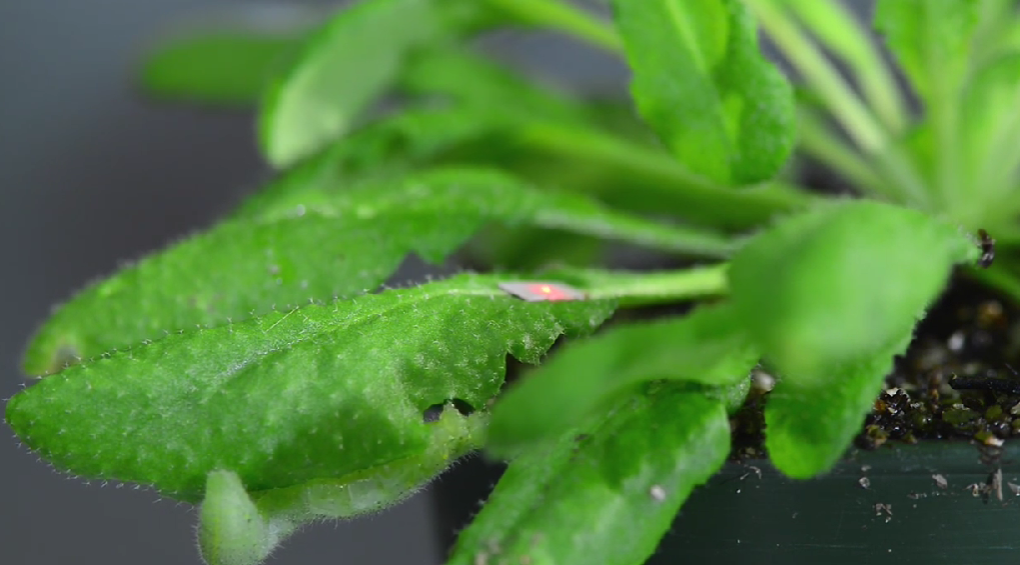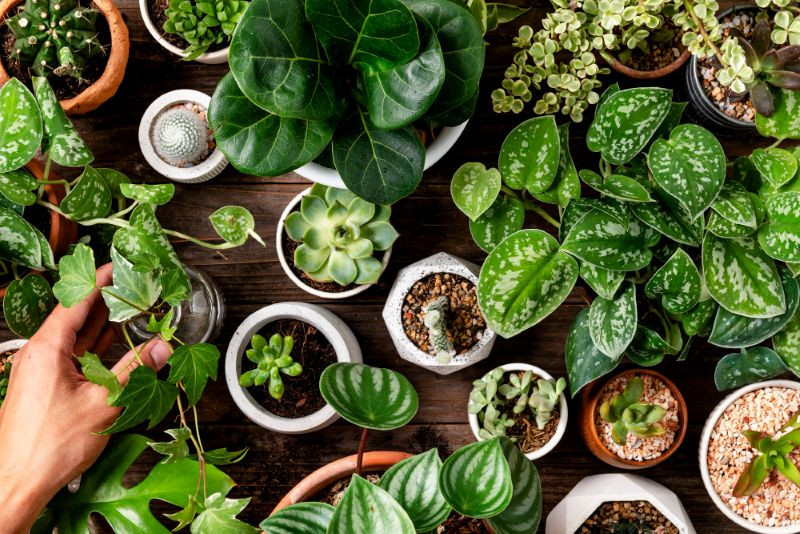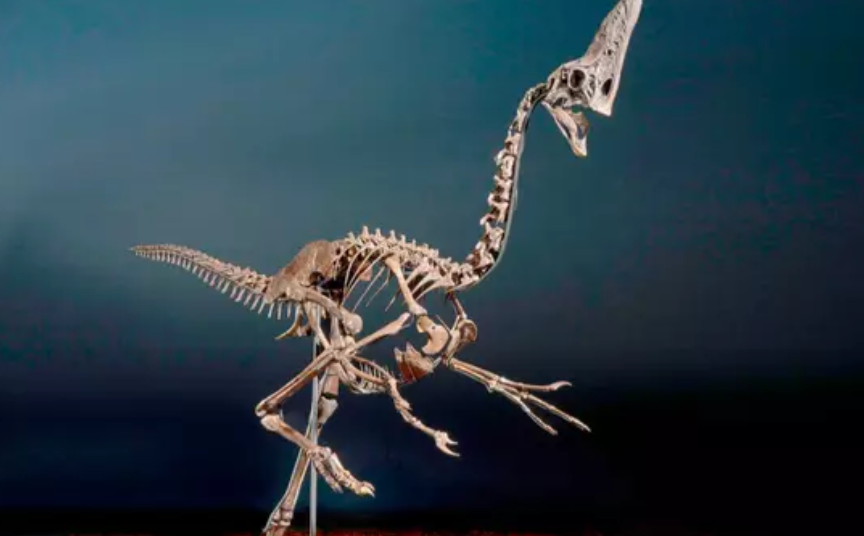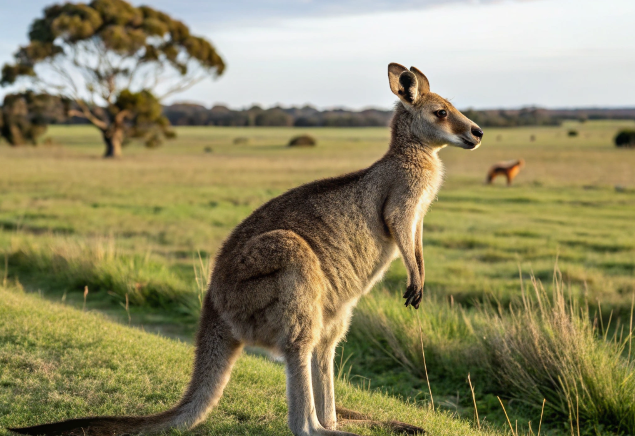Plants Can “Hear” Themselves Being Eaten, Detecting Munching Sounds and Release Bitter Chemicals to Fight Back

© Bond Life Sciences Center
Have you ever wondered if plants can sense the world around them? Scientists are uncovering surprising ways that plants interact with their environment.
Recent studies show that plants might “hear” sounds, like the munching of insects, and respond in clever ways to protect themselves.
This discovery opens a new window into the hidden lives of plants, showing they are far more aware than we once thought.
Let’s explore how plants detect sounds and what this means for nature and farming.
Plants Respond to Munching Sounds

Research from the University of Missouri revealed that a small plant called Arabidopsis thaliana, related to cabbage, can detect the vibrations caused by caterpillars chewing on its leaves.
When scientists played recordings of these chewing sounds to the plants, they produced more defensive chemicals, like mustard oils, to ward off the insects. Interestingly, the plants didn’t react the same way to other sounds, like wind or insect mating calls.
This suggests plants can tell the difference between harmful and harmless noises, focusing their defenses only when needed. The louder the chewing, the stronger the plant’s response, showing a direct link between sound and defense.
Beyond Hearing: How Plants Sense Their World

Plants don’t have ears, but they are sensitive to vibrations. Studies from Tel Aviv University found that tomato plants make ultrasonic popping sounds when stressed, like when they’re dehydrated or cut. These sounds are too high-pitched for humans to hear but can be detected by animals like moths or bats.
This raises the possibility that plants might “talk” to each other or nearby animals through these sounds. For example, moths avoided laying eggs on stressed tomato plants after hearing their distress signals.
Other research shows plants can also sense water flowing in pipes or respond to the buzz of bees by making sweeter nectar. These findings hint that plants use sound as part of a complex system to survive in their environment.
What This Means for Farming and Nature

The discovery that plants detect sounds could change how we grow food. Farmers might one day use specific sound frequencies to help plants grow faster or fight off pests without chemicals. For instance, playing certain vibrations could trigger plants to produce more defenses, reducing the need for pesticides.
This could lead to healthier crops and a more sustainable way to farm. Beyond farming, these findings show that plants are not just passive organisms but active players in their ecosystems. They communicate with animals and other plants in ways we’re only beginning to understand, suggesting a hidden world of interactions all around us.
In conclusion, plants detecting sounds is a fascinating step in understanding how they survive and thrive. From defending against hungry caterpillars to signaling stress, plants are proving to be far more dynamic than we ever imagined.
As scientists continue to study this, we may uncover even more ways that plants “listen” to their world, opening new possibilities for agriculture and deepening our respect for nature’s complexity.


